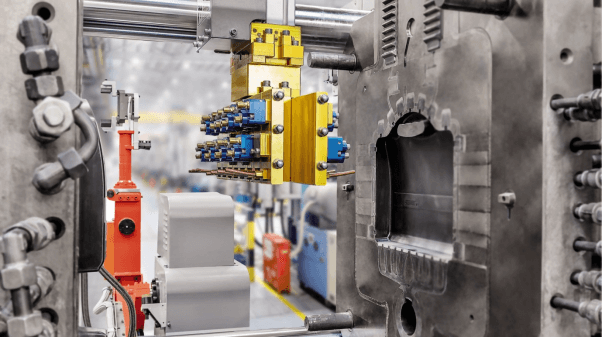It is believed that the evolution of die casting dates back to the 19th century. The original die casting equipment played a significant role in manufacturing parts for different moveable machine types. More than eight years later, the leading patent related to die casting received granting. This and other basics, .including the applications of different processes, are explained in this blog post.
Die casting is an economical formation process used in multiple industries. It comes with several advantages. For instance, thousands of castings can efficiently be produced using one mold. To that end, all components produced also have a reliable and uniform quality. Die casting is also affordable. But, just how exactly does this manufacturing method look like? What are some of the materials used in the casting production processes? What areas are the castings used?

Brief Overview
Die casting is a viable automated casting process. The method involves the melting of a liquid that is pressed into forming a mold under elevated pressure of approximately 1000 bar and a speed of 500 km/h. In many cases, an alloy with a slightly low melting point is used. The casting process is suitable for mass production, particularly for components. With that said, unlike sand casting, in die casting, permanent molds are used. They will not be destroyed after use. It is also possible for professionals to produce complex components.
Die casting molds are of high quality. They consist of two significant halves forming a cavity. With this element, the liquid melt will be pressed in the casting process. Usually, the halves are situated on a movable machine plate. When die casting is still on-going, high pressure will be applied to the molds.

More to the point, certain mold parts are cooled to solidify. This enhances the possibility of having a better outcome. The formation of mold is not only time consuming but costly too. However, just a piece can be used in the production process of several castings. An added advantage to die casting is the fact that the molds are reusable. They can also quickly meltdown.
Operating Mechanisms
There are two unique ways of product formation in die casting. They are hot and cold chamber die casting processes. In both processes, the mold is often sprayed with the release agent before the casting process. This is primarily to ensure the cast part is hauled out of the mold. The melt is usually not poured into the cavity directly. It is filled in the chamber of the casting machine. A piston is then used to press alloy into a mold.
Now that you have learned more about the applications of die casting in manufacturing processes let us share knowledge about the materials used in this formation process.

Materials Used In Die Casting
In die casting, different types of materials are used. To be specific, non-ferrous materials such as alloy are often used in the formation of components. The selection of this material is dependent on certain factors, such as price and material properties. Aluminum is another essential material used in these processes. It holds about 75 percent. Other materials are such as zinc as well as magnesium.
In Closing
Die casting has significant pros over other formation processes. You will enjoy perks such as cost-saving and the economical impact it comes with. At the same time, when you die-cast, you can create products with several unique shapes. You may also combine several parts into one component.


